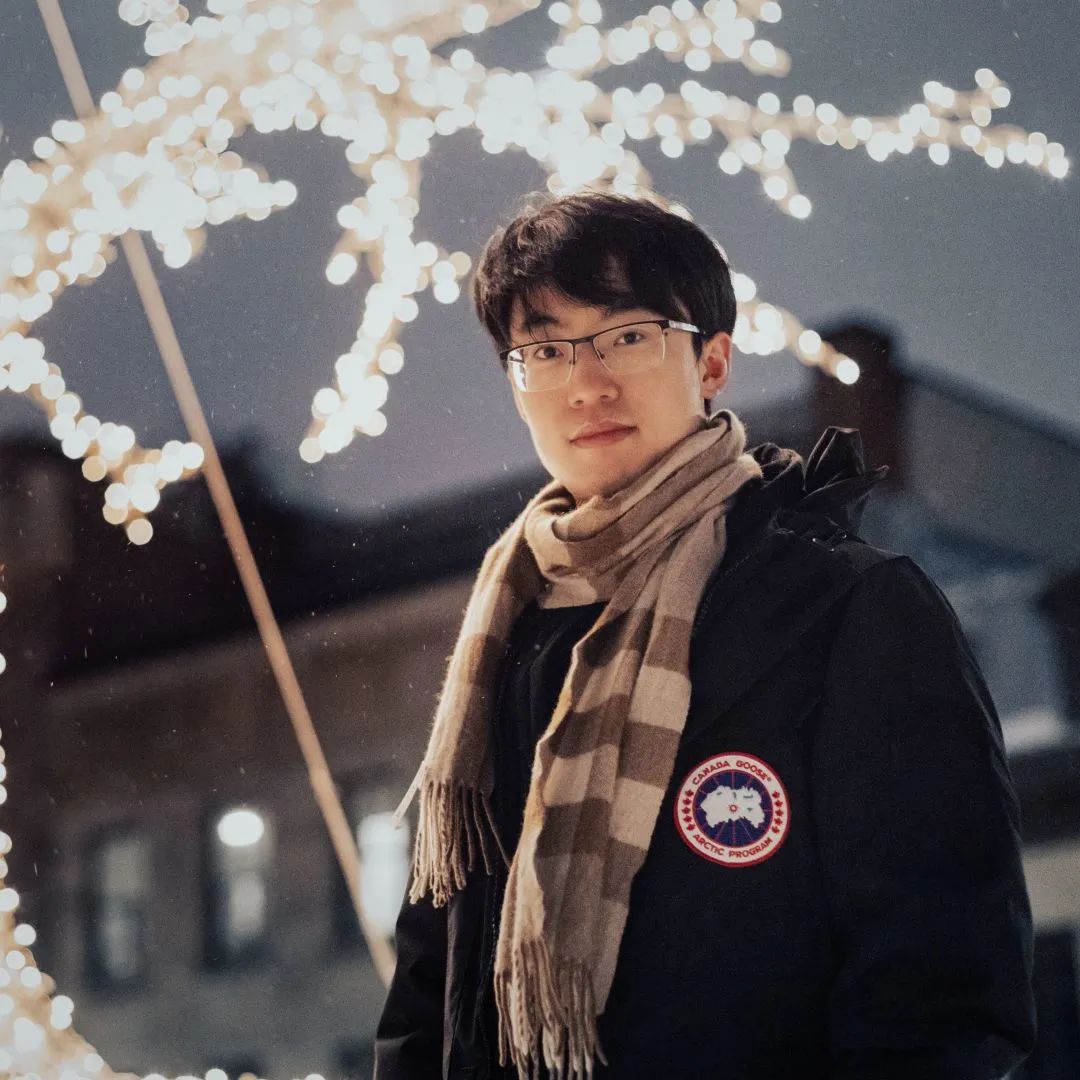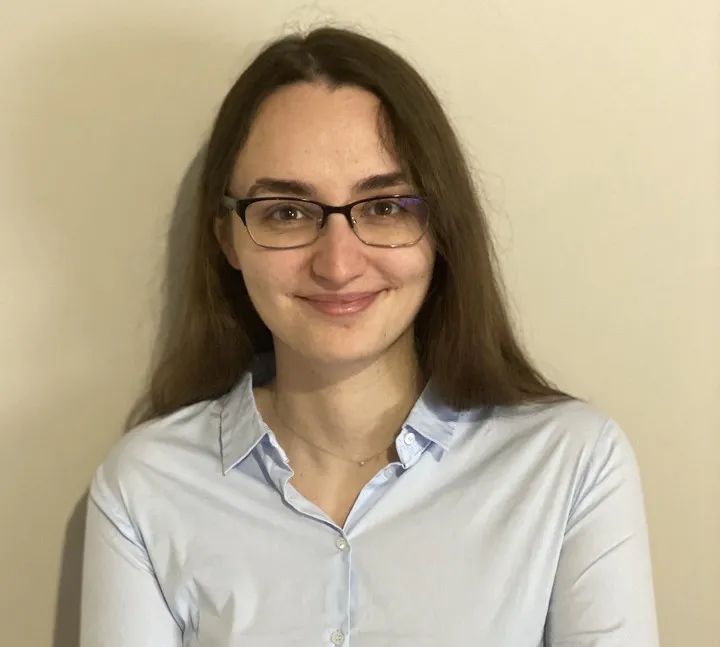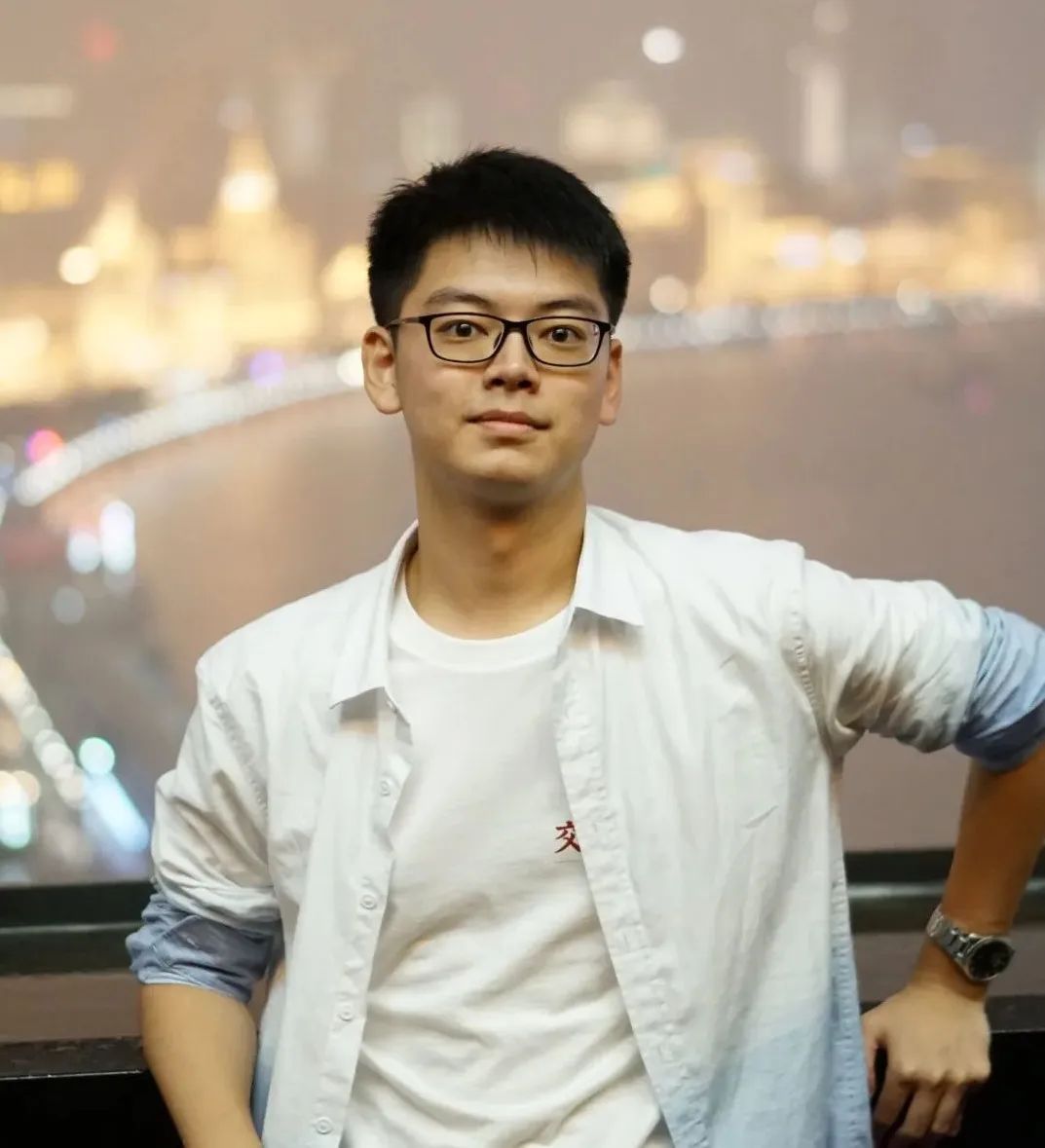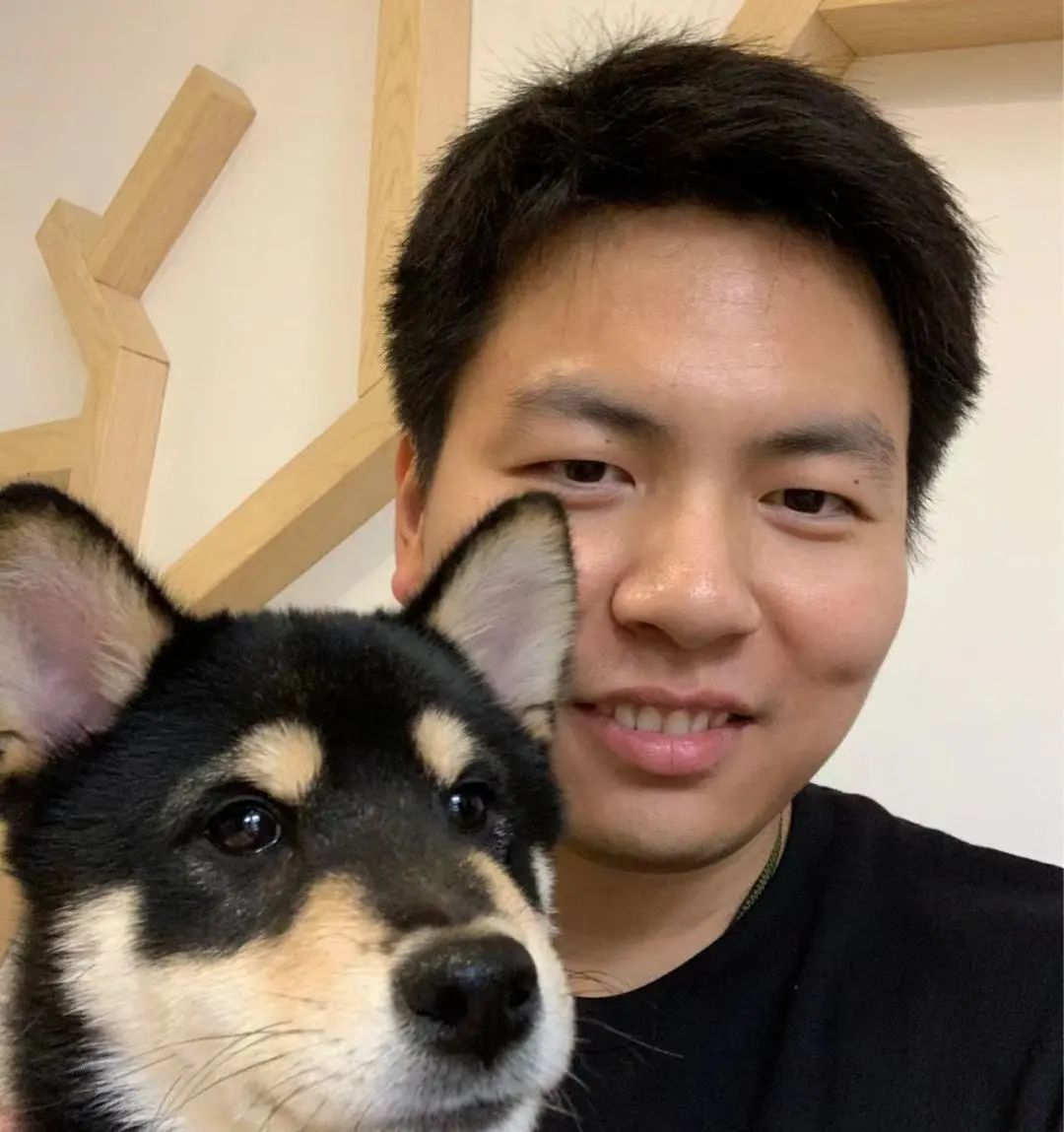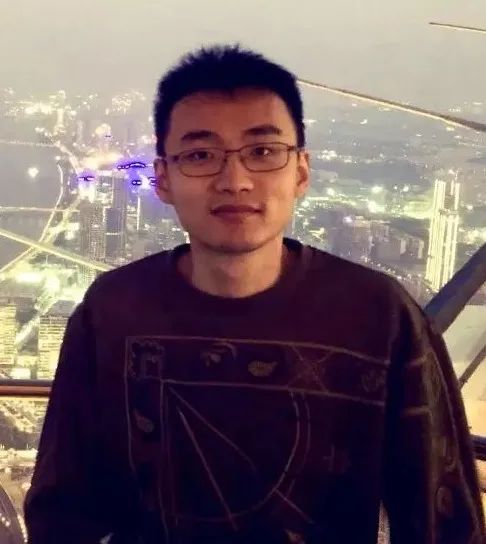直播预告 | Mila实验室来啦!

MILA DeepGraph

Mila是由图灵奖获得者、深度学习三巨头之一Yoshua Bengio领导的人工智能中心。目前有教师80余人,研究人员900余人,是全世界在学术界最大的人工智能研究中心之一。唐建老师是Mila的核心教师成员之一(共二十位左右),研究团队目前包括学生20人左右。研究方向主要包括几何深度学习、深度生成模型、知识图谱以及这些方法在药物发现中的应用。唐建老师团队曾获得ICML2014最佳论文,WWW2016最佳论文提名,发表了多篇图表示学习领域的经典论文如LINE,RotatE等。团队目前的核心研究方向是AI for Drug Discovery,在这个领域做出了一系列代表性工作,并且在近期开源了一个专门用于药物研发的机器学习系统TorchDrug,受到广泛关注,未来团队将致力于推进AI for Science。
3月29日、30日、31日晚20:00,AI TIME 特别邀请唐建老师和他的七位学生给大家带来精彩的报告分享!

特邀嘉宾

Jian Tang is currently an assistant professor at Mila-Quebec AI Institute and also at Computer Science Department and Business School of University of Montreal. He is a Canada CIFAR AI Research Chair. His main research interests are graph representation learning, graph neural networks, geometric deep learning, deep generative models, knowledge graphs and drug discovery. During his PhD, he was awarded with the best paper in ICML2014; in 2016, he was nominated for the best paper award in the top data mining conference World Wide Web (WWW); in 2020, he is awarded with Amazon and Tencent Faculty Research Award. He is one of the most representative researchers in the growing field of graph representation learning and has published a set of representative works in this field such as LINE and RotatE. His work LINE on node representation learning has been widely recognized and is the most cited paper at the WWW conference between 2015 and 2019. Recently, his group just released an open-source machine learning package, called TorchDrug, aiming at making AI drug discovery software and libraries freely available to the research community. He is an area chair of ICML and NeurIPS.
3月29日 20:00-21:30

3月30日 20:00-21:30

3月31日 20:00-21:00

AI TIME微信小助手

主 办:AI TIME
合作媒体:AI 数据派
合作伙伴:智谱·AI、中国工程院知领直播、学堂在线、蔻享学术、AMiner、学术头条、科研云 、Ever链动

点击 阅读原文 预约直播!


